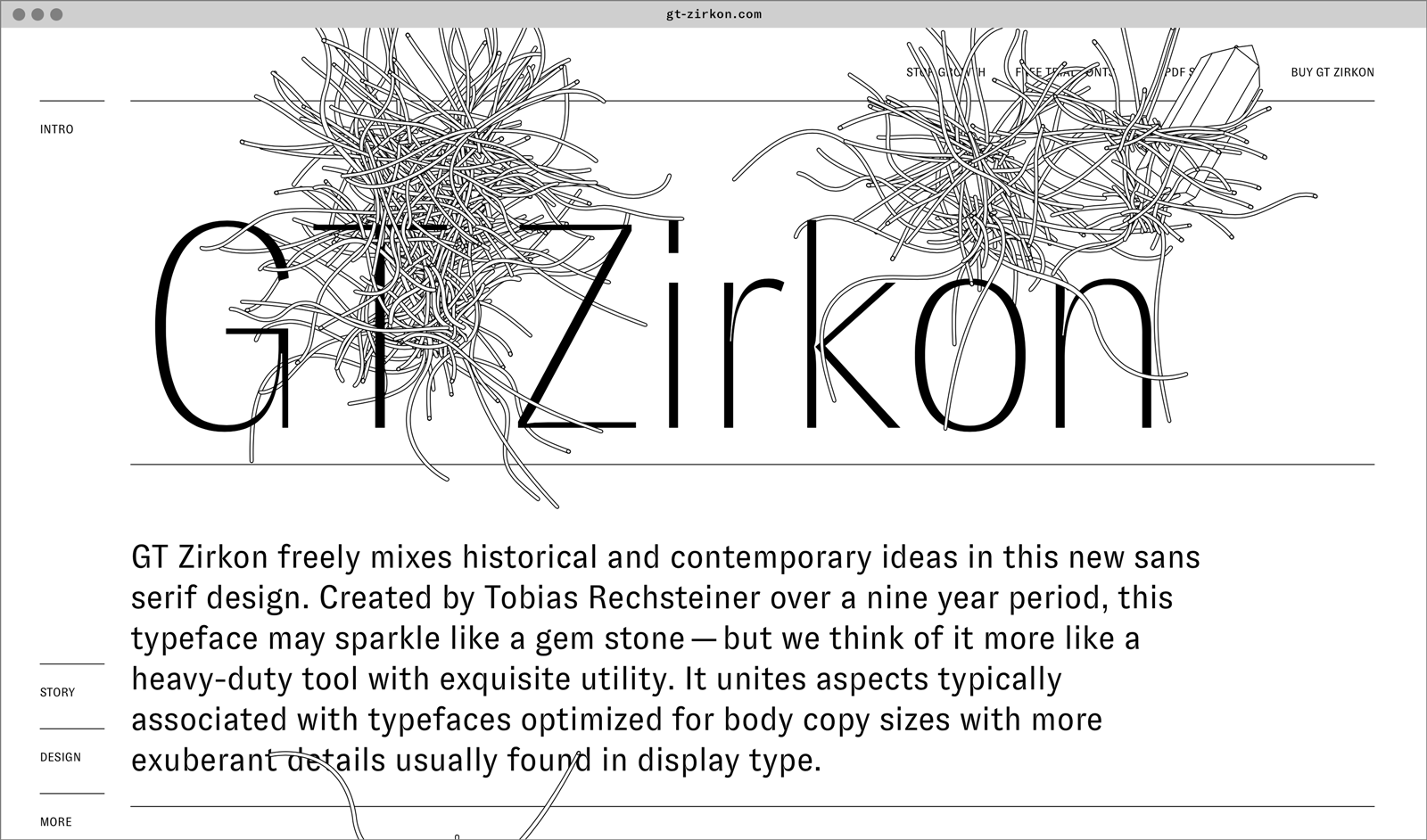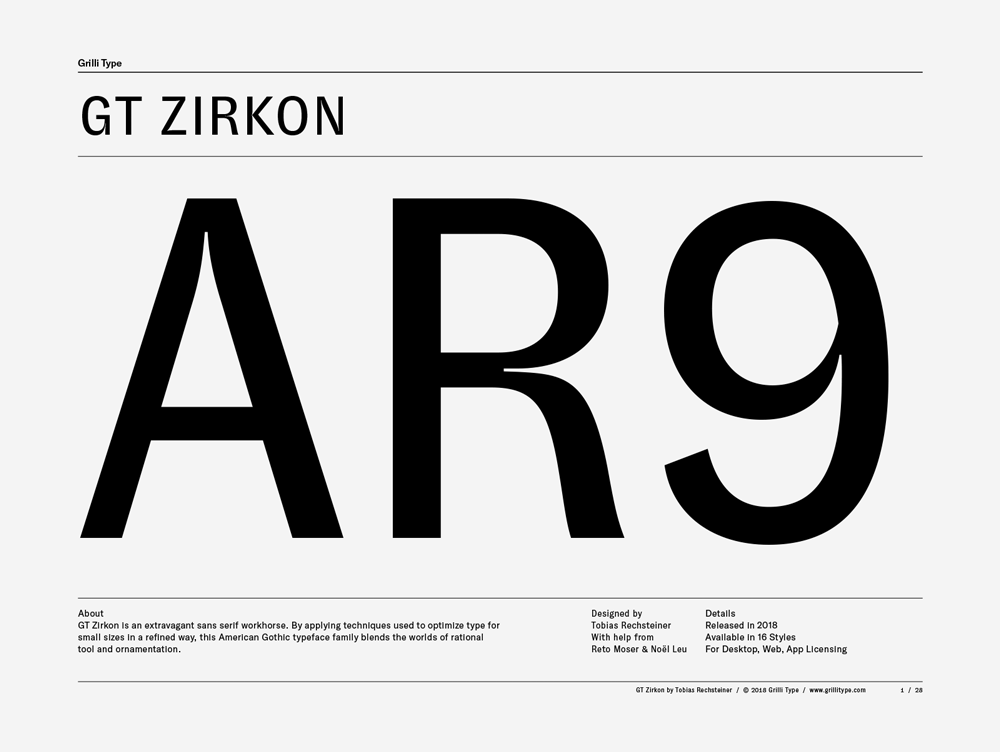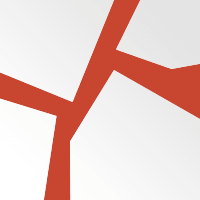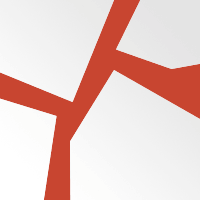GT Zirkon
Family overview
- Ultra Light Italic
- Thin Italic
- Light Italic
- Book Italic
- Regular Italic
- Medium Italic
- Bold Italic
- Black Italic
- Ultra LightRecent experiments, for example, have shown that crystals grow five times faster when their supersaturated solution is subjected to frequencies of 10 to 100 cycles a second.
- Ultra Light ItalicAn interesting habit occasionally exhibited in Zircon from a few localities is that their color darkens and their luster dulls upon prolonged exposure to sunlight.
- ThinThe abundance and diversity of minerals is controlled directly by their chemistry, in turn dependent on elemental abundances in the Earth.
- Thin ItalicZircon is mainly consumed as an opacifier, and has been known to be used in the decorative ceramics industry.
- LightZirconium is a chemical element with symbol Zr and atomic number 40.
- Light ItalicAustralia leads the world in zircon mining, producing 37% of the world total and accounting for 40% of world EDR for the mineral.
- BookThe green coloring in many rounded pebbles usually indicates the Zircon is radioactive variety.
- Book ItalicSome rocks, such as limestone or quartzite, are composed primarily of one mineral—calcite or aragonite in the case of limestone, and quartz in the latter case.
- RegularNew York University chemists have created three-dimensional DNA structures, a breakthrough bridging the molecular world to the world where we live.
- Regular ItalicRadioactive dating shows that the zircon crystals were formed more than 4 billion years ago.
- MediumZircon is ubiquitous in the crust of Earth and it occurs as a common accessory mineral in igneous rocks, in metamorphic rocks and as detrital grains in sedimentary rocks.
- Medium ItalicThe abundance and diversity of minerals is controlled directly by their chemistry, in turn dependent on elemental abundances in the Earth.
- BoldZirconium is a chemical element with symbol Zr and atomic number 40.
- Bold ItalicThe English word “zircon” is derived from “Zirkon”, which is the German adaptation of this word.
- BlackZircon is a common accessory to trace mineral constituent of most granite and felsic igneous rocks.
- Black ItalicZircon is a common accessory to trace mineral constituent of most granite and felsic igneous rocks.
- Settings
Typeface information
GT Zirkon is an extravagant sans serif workhorse. It blends the worlds of rational tool and ornamentation by applying techniques used to optimize type for small sizes in a refined way.
Typeface features
OpenType features enable smart typography. You can use these features in most Desktop applications, on the web, and in your mobile apps. Each typeface contains different features. Below are the most important features included in GT Zirkon’s fonts:
- SS01
- Alternate Arrows
Volume ↗
- SS02
- Alternate f
Refraction
- ONUM
- Oldstyle Figures
0123456789
- SMCP
- Small Caps
Ore Deposit
Typeface Minisite


- Visit the GT Zirkon minisite to discover more about the typeface family’s history and design concept.
GT Zirkon in use





